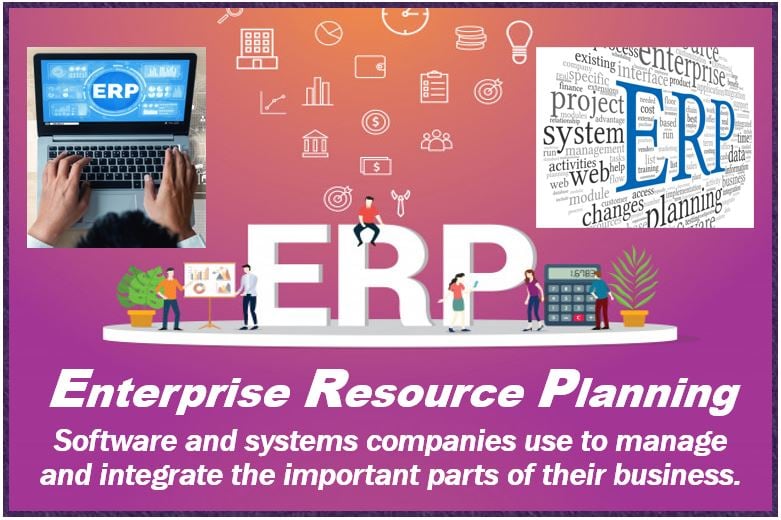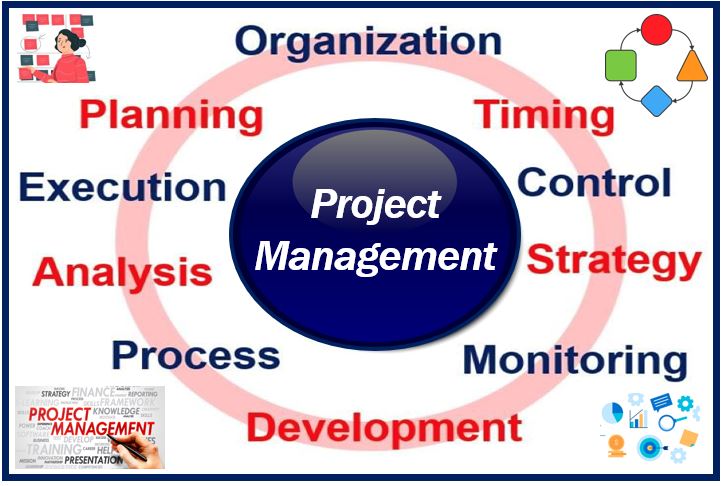
Are you about to implement your first enterprise resource planning (ERP) software system? Do you find it complex to implement ERP software? If so, this post is for you.
ERP implantation permeates each enterprise’s operational aspect virtually. Careful planning and care are essential to complete the organizational changes. Through effective strategies and patience, you can reap all the benefits of ERP for your business processes and productivity.
ERP Implementation Process Overview
In a nutshell, an ERP implementation involves software installation, financial data movement over the new system, users and processes configuration, and user training. Make sure to choose the right partner for the ERP implementation process as it is essential to choose the right software.
Before you focus entirely on the implementation process, you need to select the right ERP system software provider geared toward your business processes. There should be easy-to-use functionality, streamlined operations, and a real-time view of the business. Aside from security, a ERP platform should be adaptable as well to the ever-changing business needs.

Different Types of Implementation Projects
When you plan to implement a new ERP system, you have to get familiar with the three types of ERP projects.
- Standard: This implementation project involves the Single or Multiple entities implementation, which requires a little customization and an add-on ERP solution. It comes with a single currency and language.
- Advanced: This implementation project involves Single or Multiple entities with a variety of locations, languages, and currencies.
- Express: This implementation process involves a single entity with no add-on solutions and complex processes applied.
ERP Implementation Stages
After choosing an implementation team, ensure that the team members are ready to deal with the following implementation stages.
Stage 1: Discovery: In this stage, vision, needs, and project scope are defined. Here, commitment is essential for continuous processes.
Stage 2: Plan & Monitor: This more detailed discovery level is consists of processes involving the collection of detailed requirements. It would help if you also analyzed the business needs.
Stage 3: Build: This stage involves processes that deliver tasks being identified in the strategy.
Stage 4: Stabilize: A set of processes is involved in making sure that the ERP solution matches your requirements. This also involves your readiness to be deployed into a live production environment and to use the solution.
Stage 5: Deploy: This is the stage where the solution is deployed to the production environment.
Stage 6: Post Go Live: In this stage, you will receive a support when you are live on the solution, leading to project closure.
What is Project Management?

Project management refers to the comparison of the progress made against the original plan. This is where updating the plan takes place. You need to assemble a project team to the entire process of the project.
During the implementation of the new ERP system, the team will be the most affected by technology. Unexpected circumstances may happen, but as long as the end-users understand the ERP technology adoption, there will be a smooth implementation.
Survival Guide for Successful ERP Implementation
While ERP implementation has advantages for improving business processes and streaming operations, your organization may encounter challenges. Your implementation team and employees may find it challenging to adapt to the new system. They may also face challenges in using the new solution effectively.
To avoid difficulties in cloud ERP implementation, check out the tips and tricks below:
1. Determine Your Company Objectives and Goals
Identify the needs of your company by looking at pain points or gaps in the processes. You can analyze the KPI’s determine the issues that the ERP software can solve. So, you can give the key company stakeholders a justification about the investment solution for the company.
2. Assemble An ERP Project Team
You can build coordination in the implementation project by organizing an ERP team. However, you need to ensure that your company objectives and goals are still observed. The group’s main objective should be the efficient handling of new ERP system solutions while managing employee expectations and minimizing business interruptions.
The team is responsible for managing the implementation timeline. They also delegate tasks for stakeholders to smooth transition from the old system to the new ERP processes. Your ERP implementation team should commit their time to the project. Their availability is essential to the success of the project.
3. Conduct Vendor Vetting
Your project team needs to conduct the discovery process, involving research of ERP vendors, reviews by other companies, and comparison between different features. That way, you can determine which software matches your needs.
You can narrow down the potential vendors’ list by assessing cost, reference checks, demonstrations, interviews, and support options. The team will then review the results and identify which vendor best matches the business needs.
4. Incorporate Change Management
Change management is essential in the ERP implementation as it ensures a smooth and successful transition. It also builds employee consensus and confidence in the new ERP software solution. It is essential to tell the stakeholders about your reason for implementing the software. Then, make sure to recognize the uncertainties and challenges that go along with the company’s technology changes.
5. Consider Training Opportunities
Part of providing all the essential resources during the implementation is including time for training. This is because training the users on the new software takes a significant amount of effort. Besides, your employees may also need to carry out daily duties while transitioning to the new technology. Written manuals, e-learning modules, and live classes are some of the training forms.
Do not forget to remind your employees about the benefits they can reap with the new system. You can also provide regular company-wide announcements to report on the progress and milestones of the project.
Final Thoughts
Regardless of the project type you choose, you will need all the necessary methodology, resources, and tools to have a successful ERP system implementation. The implementation stages ensure that your project management team and stakeholders share the same objectives and goals and desire flexibility, usability, and functionality for the end-users.
With the above tips and tricks, we hope that you can handle the entire implementation process expertly and experience the software’s benefits.
Interesting related article: “What is Software?”

